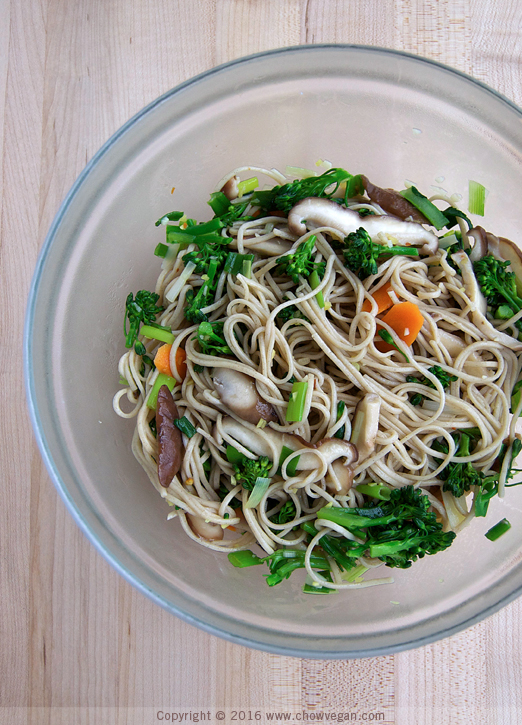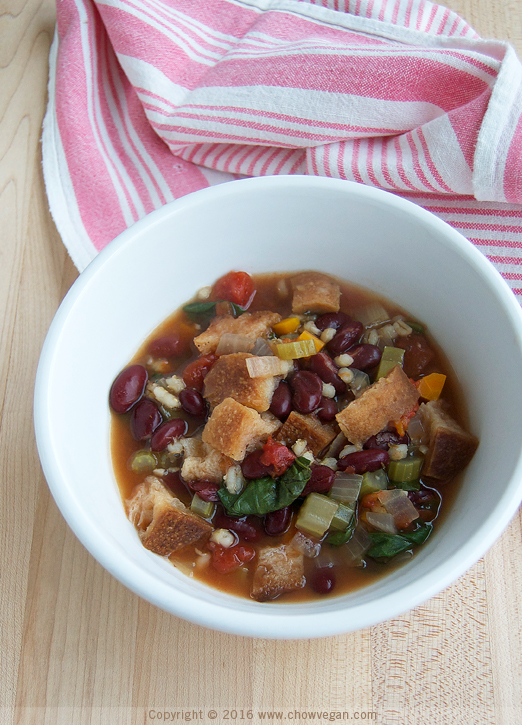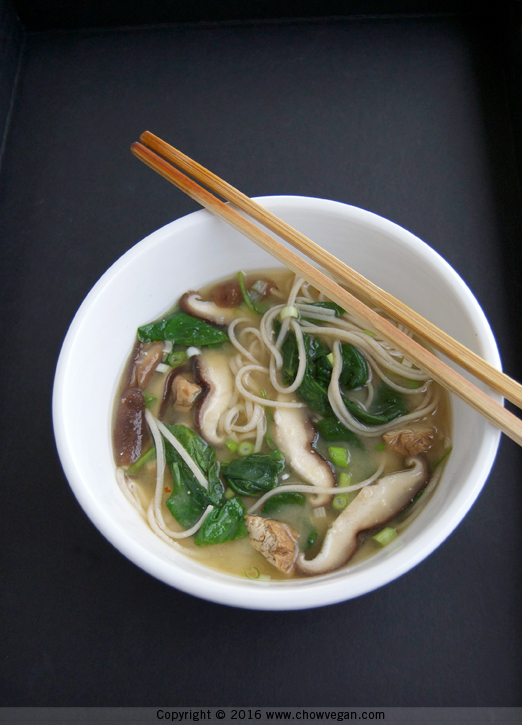
Feeling a tad guilty about loading up on all those carbs during the holidays? Don’t be. In for review from the publisher is the newest book from Dr. John McDougall and Mary McDougall, The Healthiest Diet on the Planet: Why the Foods You Love – Pizza, Pancakes, Potatoes, Pasta, and More – Are the Solution to Preventing Disease and Looking and Feeling Your Best.
Basically the doctor makes the case for a diet that is mostly starches, some non-starchy vegetables and a little fruit. No meat, poultry, fish, eggs, dairy or vegetable oils. Somehow I always knew carbs weren’t as bad as some people make out – calories from complex carbohydrates provides fuel for the body. I’m definitely a starchivore (never heard of the term before reading the book) but that’s what I am, an eater of starches.
The Healthiest Diet on the Planet starts out with background information about health and diets. Including Dr. McDougall’s own story, which was a fascinating read. Had no idea his own mother called him fat in his younger days, or how his experience as a practicing physician shaped and developed his career as a world renowned expert on plant-based nutrition.
Next is a stop light style guide with red, yellow and green light to easily see which foods to eat and which ones to avoid. Interestingly, on the do not eat list is vegan butter spread, fake meats and cheeses since most are made from isolated proteins and chemicals. I admit I have and will eat those kinds of things on occasion. In the be-careful yellow zone, there’s tofu, avocados, nuts and seeds because they’re high in fat. The healthiest diet is not only plant-based but low fat too.
Lastly, the recipe section. I made Asian Pasta Salad, page 161, pictured above. I love these types of salads but usually they’re pretty oily. It’s definitely lighter without and I’m happy to say I didn’t miss the oil at all.

Farmhouse Bread Stew, page 207, a nice hearty warmup for the freezing cold lately. And an excellent use for leftover, slightly stale bread, they add heft and texture to the stew. I sub in kidney beans for the red beans. The recipe notes that other small beans can be used, but large ones like kidney beans work just as well.

Soba Miso Soup, page 155. Yes, another soup. I like eating noodle soup especially when it’s cold out. I’ve made it quite a few times now, it’s super easy and quick for a weekday meal. Nowhere nearly as salty as the miso soup in restaurants. I change it up by adding fresh shiitake mushrooms and sub in braised tofu instead of silken tofu. I’ve also added in seaweed and other veggies like baby bok choy and kale. To give it a whirl yourself, the publisher has generously provided the recipe below.
That’s all I’ve managed to make so far, other recipes I’m hoping to try sometime soon: Homemade Pizza, Banana Pancakes and Almond French Toast. Bring on the carbs.
Soba Miso Soup
Preparation Time: 10 minutes
Cooking Time: 5 minutes
Resting Time: 5 minutes
Servings: 4
6 cups water
1/3 cup white miso
2 tablespoons soy sauce
1 (12.3-ounce) package firm silken tofu, cubed
12 ounces cooked buckwheat soba noodles (see hints below)
1 cup packed baby spinach
1 bunch green onions, chopped
1/4 teaspoon red pepper flakes
Place the water in a large pot and bring to a boil. Remove about 3/4 cup of the water and place in a bowl with the miso. Whisk until very smooth. Return the mixture to the pot and add the remaining ingredients. Heat through for 1 to 2 minutes, then turn off the heat, cover, and let rest for about 5 minutes.
Hints: Using cooked buckwheat soba noodles, which are available in some markets, saves a bit of preparation time. If you cannot find precooked soba noodles, use about 4 ounces of dried soba noodles and cook according to package directions before using in this recipe.
Adapted from The Healthiest Diet on the Planet: Why the Foods You Love – Pizza, Pancakes, Potatoes, Pasta, and More – Are the Solution to Preventing Disease and Looking and Feeling Your Best. Copyright ©2016 by Dr. John McDougall & Mary McDougall. Published by HarperOne, an imprint of HarperCollins Publishers.
Disclosure: I received the book free of charge from the publisher to review. The opinions and experience with the book expressed herein are my own. There was no pay to say.
This post also contains Amazon links, I get a few coins tossed my way if you click on any of the links and make a purchase of anything.
Related Posts
Kicking Cancer in the Kitchen
The Get Healthy Go Vegan Cookbook
Plenty of carbs = my kind of “diet.” I’m all about that soba noodle soup, but I’m also really curious to check out the promise of healthier pizza and pancakes. Guess I need to hunt this book down!
My kind of food, though I tend to linger in the ‘yellow’ zone, and I like lots of veggies. I believe the one caveat is the starches should be based on whole rather than refined grains. Since we stopped using oils for cooking, I still can’t believe that I can’t really notice a taste difference — nor can other people I cook for. All the choices you made from the cookbook look great to me. Sounds like useful book to have. I wish it weren’t so hard to find 100% buckwheat noodles — maybe I’ll look online.